
After presenting at CROI 2022, Dr. Jessica Justman discusses her community-level survey findings: COVID-19 infections do not vary by age.

After presenting at CROI 2022, Dr. Jessica Justman discusses her community-level survey findings: COVID-19 infections do not vary by age.

Investigators looked at full vaccination and booster dose observational data to offer some insights on protection and breakthrough infections.

This patient is the first mixed race woman to experience HIV-1 remission, and potentially opens up the door to others being treated with a novel treatment.

Black patients enrolled in an LA Medical Care Coordination program were less likely to achieve viral suppression than HIV-positive people of other races.
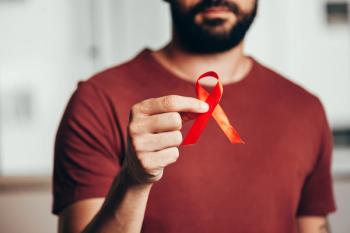
Though HIV diagnoses have declined overall, new infections still disproportionately occur in certain racial, ethic, gender, and geographic populations.
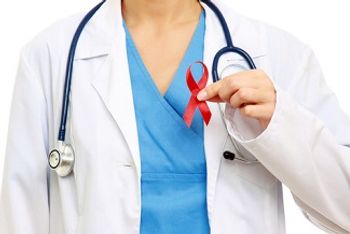
Investigators found a couple of different factors for this phenomenon.

In a global cohort, more than 1 in 3 people living with HIV reported functional impairments. Functional impairment was more common among HIV-positive people who were older, Black, or female.

Data shown in the Pinetree clinical trial and being presented with 2 posters at CROI demonstrate both benefits and safety in preventing progression to more severe disease.

In a study of people living with HIV in Taiwan, COVID-19 vaccination was highly effective when implemented alongside non-pharmaceutical interventions.
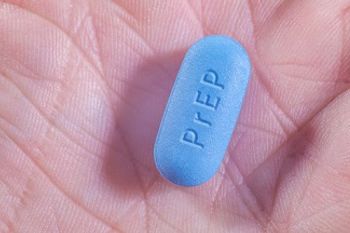
Investigators looked to see if this population might be candidates for this form of HIV prevention.
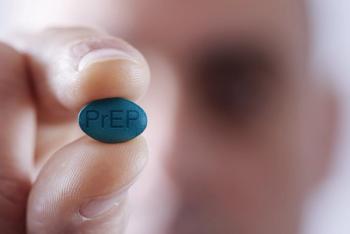
One study presented at CROI 2022 found that HIV PrEP awareness increased among Latinx/Hispanic men who have sex with men, but usage has remained relatively stable for several years.

Boston’s Fenway Health looked at testing and prevention trends during 3 phases of the COVID-19 pandemic.

Dr. Nicola Petrosillo discusses treating C difficile infection and maintaining antimicrobial stewardship during the height of the COVID-19 pandemic in Italy.

Antimicrobial resistance is a growing problem that requires international collaboration to educate the general public and stakeholders, while simultaneously developing solutions.

Highlights from the sessions of the World Anti-Microbial Resistance Congress 2021 included addressing the global threat for AMR and looking at real world data and real world evidence to deter resistance.

Anti-microbial resistance is one of the most critical issues in healthcare, and the CDC and WHO addressed these concerns with plans to fight back against AMR at the annual world congress.

Results on this investigational antibiotic in its phase 2A study were presented at the C Diff. Conference today.

Presentation highlights from the second and final day of the 9th Annual International C. diff Conference & Health Expo.

Dr. Tamás Haidegger talks about his work to develop an AI-based scanner that tracks hand hygiene to prevent C difficile and other infections.

At the C Diff Foundation Conference, promising investigational modalities and therapies, as well as better treatment approaches are all being discussed in hopes of some real inroads being made in this field in the near future.

Although no longer indicated as a first-line therapy, metronidazole still has therapeutic benefits and can serve patients in certain settings and circumstances.

Highlights from some of this afternoon's presenters at the 9th Annual International C diff Conference & Health Expo.
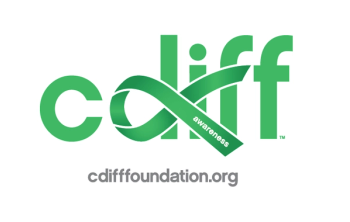
Highlights from the morning session of the C Diff Foundation Conference included data about Pfizer's investigational vaccine, insights about Seres Therapeutics microbiome therapeutic, and a look at CDI incidence rates around COVID-19.

Curtis Donskey, MD, discussed his efforts to encourage C. diff patients and providers to do their part to reduce infection and reinoculation.

The development of these programs are being looked at for private practices in the community settings to try to create better prescribing practices and avoid the potential progression to health care associated infections.

The organization is hosting its 9th Annual International C Diff Conference and Health EXPO on Thursday and Friday this week. The conference is virtual and free to the public.

A study found similar rates of acute respiratory illness-related visits across race/ethnicity when all healthcare settings were combined, but ARI visits differed for race/ethnicity groups across ambulatory, emergency, and hospital settings.

Learn more about new test for diagnosing early Lyme disease in a Q&A with Adaptive Biotechnologies.
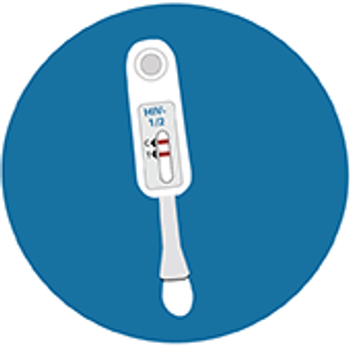
Self-testing for HIV is fast and easy, and test kits can be completed at a health department with the help of staff or at home and dropped off later.

As more agents expand the capability and variety of PrEP options, investigators consider what questions remain about the drug class.